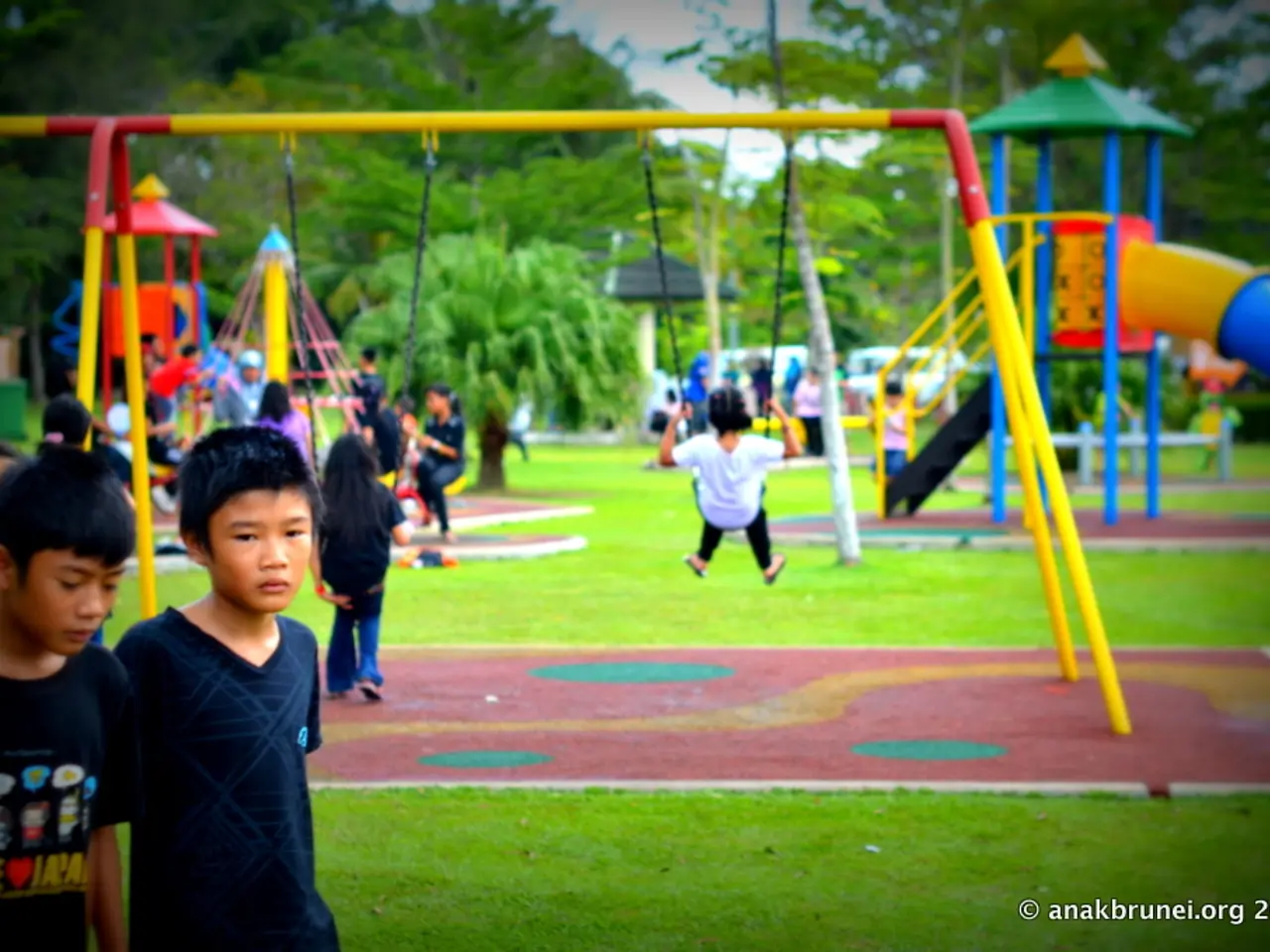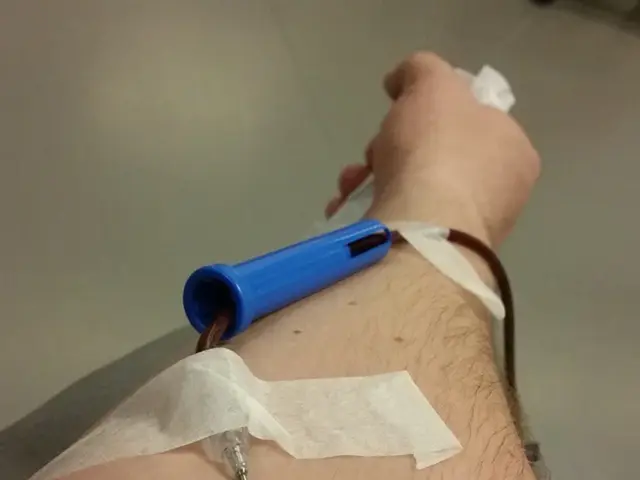Benefits and Activities for Boosting Childhood Fitness: Ideas to Explore and Tips to Consider
Promoting Physical Activity in Children: A Guide for Parents and Caregivers
Staying active is essential for children's overall well-being, and a variety of activities can help promote physical fitness. Activities such as active play, cycling, dancing, skipping rope, playground activities, yoga, and sports are all beneficial for school-aged children and adolescents.
According to the World Health Organization, the American Academy of Pediatrics, and recent international consensus statements, the recommended amount of exercise for school-aged children and adolescents is at least 60 minutes of moderate to vigorous physical activity (MVPA) per day. This should be a mix of aerobic activities and muscle- and bone-strengthening exercises.
For young children (aged 3–5), physical activity is encouraged throughout the day without a specific time minimum but should be frequent and varied. As children grow older, it's important to maintain this daily physical activity with varied intensities and modes suited to their growth stage and health status.
Aerobic activities, such as running, cycling, swimming, and dancing, help improve cardiorespiratory fitness and efficiency. On the other hand, muscle- and bone-strengthening exercises like resistance training, jumping, or gymnastics are essential for supporting musculoskeletal development. Mixed exercise interventions, which combine aerobic and strength and bone loading activities, can yield better outcomes for mental health, especially in adolescence.
Making exercise fun by incorporating games, challenges, and playful elements can increase children's interest in physical activity. Activities involving body movements challenge children to coordinate their muscles and movements effectively, promoting the development of neuromuscular connections and enhancing overall motor skills.
Regular exercise offers numerous benefits for children, including improved cardiorespiratory fitness, stronger bones and muscles, weight management, better coordination and motor skills, cognitive development, mental and emotional well-being, and cognitive function and academic performance.
However, there are several barriers to children's physical activity. Illicit activity and a lack of traffic safety in public spaces can deter children from engaging in physical activities. Poverty and a lack of access to facilities are significant barriers, as are socioeconomic factors and community-level barriers that can hinder parents and caregivers from providing opportunities for children's exercise.
To help children reach the recommended amount of daily activity, the United States Department of Health and Human Services offers additional ideas, such as doing household chores together or walking a group of kids to and from school. Encouraging active transportation, such as walking or biking, can increase children's physical activity and teach them about sustainable transportation choices.
It's important to ask a doctor about specific guidelines, precautions, and considerations for children with certain health conditions or diverse abilities. Long work hours for parents can limit their ability to supervise children's physical activities, so it's essential to find ways to accommodate these needs.
Being a role model by demonstrating an active lifestyle can encourage children to be more active. Exercise helps regulate metabolism, the process of converting food into energy, and promotes positive mental health and emotional well-being by reducing stress, anxiety, and symptoms of depression, boosting self-esteem, improving body image, and promoting a positive self-perception.
Facilitating variety in physical activities and sports can help children discover their interests and promote an active lifestyle. Limited access to high-quality facilities is a significant barrier for children's physical activity, so it's essential to advocate for better resources in our communities.
School-based programs are crucial for children's engagement in physical activity due to barriers in their communities. By promoting physical activity in children, we can help them grow, develop, and maintain a healthy lifestyle for the future.
Pfizer's recent scientific research supports the importance of physical activity for children's health and wellness, advocating for a mix of aerobic and muscle- and bone-strengthening exercises in the children's daily fitness-and-exercise routine. A caregiver's role in ensuring their child engages in physical activities, such as active play, cycling, or sports, can be pivotal in promoting a healthy lifestyle and blocking potential health issues associated with inactivity. Providing opportunities for children to participate in a variety of health-and-wellness activities, coupled with their school's support through school-based programs, can foster an environment that encourages active lifestyle choices that last into adulthood.




